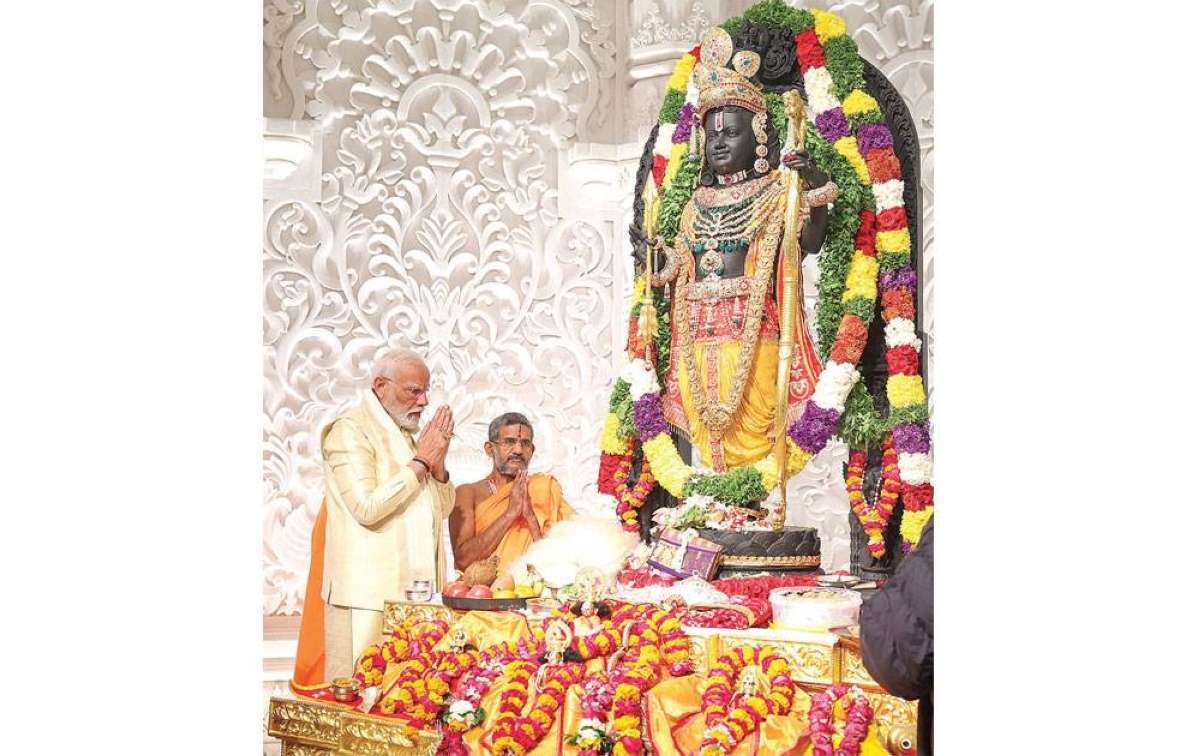India’s divisive temple ‘reclamation’ movement
© The Financial Times Limited 2024. All Rights Reserved. Not to be redistributed, copied or modified in any way. Shortly after midnight on February 1, Hindu worshippers entered the grotto-like cellar of Gyanvapi mosque in Varanasi, northern India, and held prayers for the first time in more than three decades. Hours earlier, a district court […]


© The Financial Times Limited 2024. All Rights Reserved.
Not to be redistributed, copied or modified in any way.
Shortly after midnight on February 1, Hindu worshippers entered the grotto-like cellar of Gyanvapi mosque in Varanasi, northern India, and held prayers for the first time in more than three decades. Hours earlier, a district court had approved a legal petition by Hindus to allow the acts of devotion to go ahead.
The mosque was built in the 17th century by Emperor Aurangzeb. Hindu nationalists have long contended that a temple devoted to the god Shiva at the site was demolished by India’s then-ruling Mughals, who were Muslim. Today Hindus and Muslims worship in proximity; an alley just a few feet wide separates the mosque from the Kashi Vishwanath Hindu temple, built in its latest version in 1780.
Already have an active account? Log in here. (No free trial for this plan)
TRY FREE FOR 14 DAYS
If you have an active account, log in here .
![]()
![]()
Continue reading with one of these options:
This website uses cookies. By continuing to browse the website, you are agreeing to our use of cookies. Read More.














